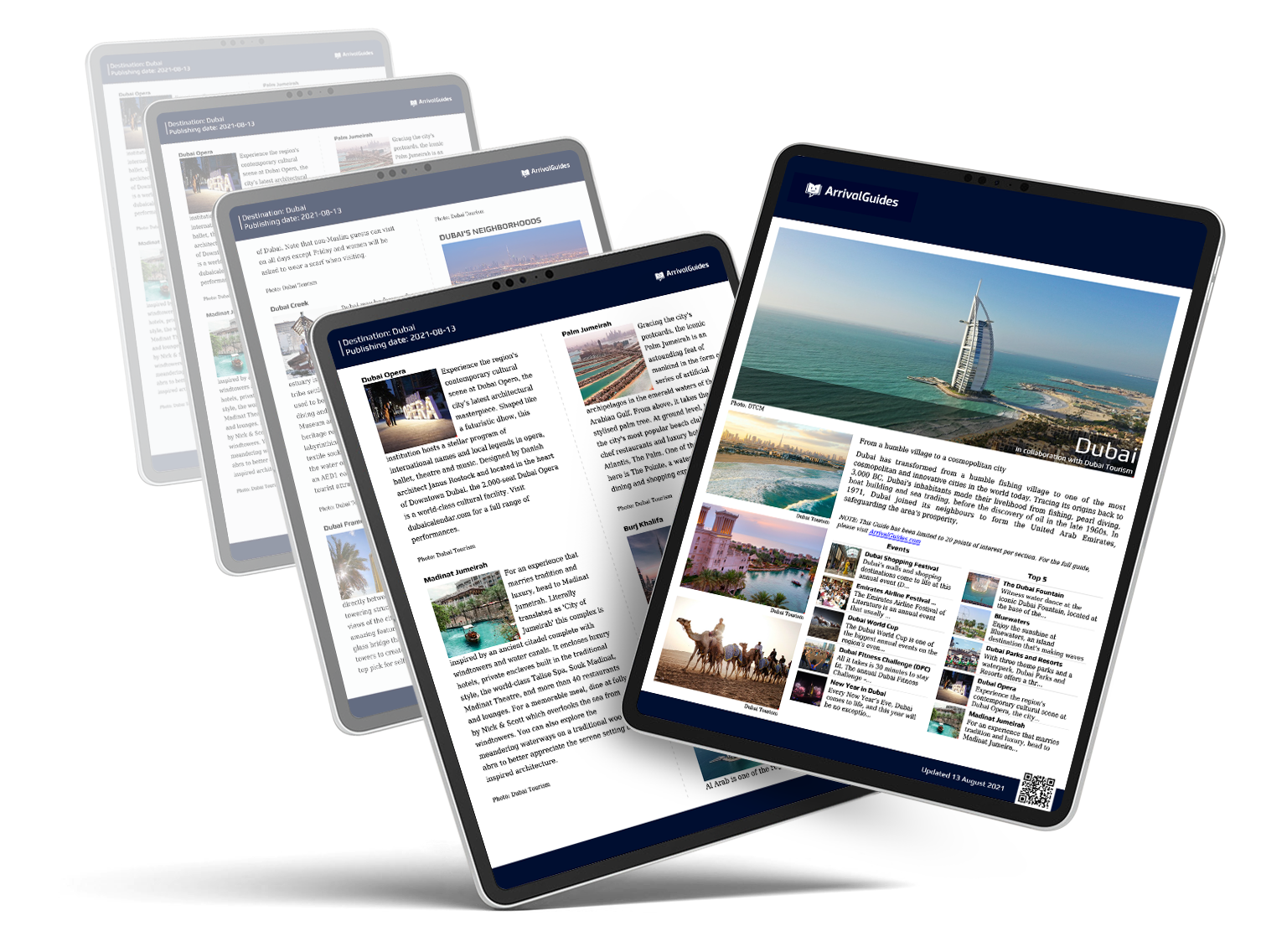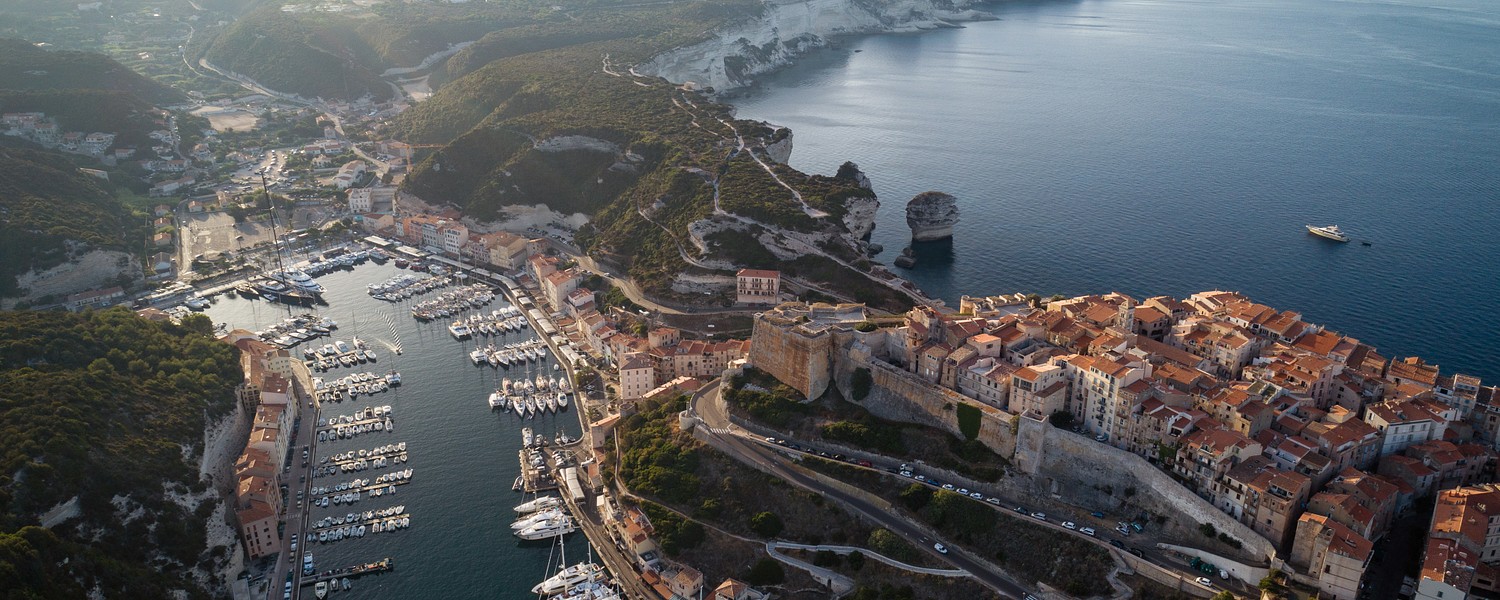
Provided by:
Ventura/shutterstock

Our travel guides are free to read and explore online. If you want to get your own copy, the full travel guide for this destination is available to you offline* to bring along anywhere or print for your trip.
*this will be downloaded as a PDF.Price
€4,95
The City
The guide was updated:
Perched upon a chalky white cliff which has been delicately sculpted by the wind and the waves over centuries, Bonifacio sits fierce and proud above the Mediterranean Sea.
Corsica's oldest town, named after Boniface II of Tuscany in 828 who led a successful campaign against the Saracens of North Africa, was once a strategic military base protected by an impenetrable fortress. The citadel would remain the furthermost defensive structure of the Kingdom of Italy for centuries, fending off barrages from Moorish pirates as well as Turkish and Spanish fleets. In 1768 however, a year before the birth of a certain Napoleon Bonaparte, after countless uprisings from Corsican separatists, Bonifacio along with the rest of Southern Corsica was ultimately ceded to the French. Since then, aside for some unsuccessful attempts by Mussolini to regain control of the island, Bonifacio has remained firmly in French hands, imbued with the cultural influences of the antecedent dominion of Italy.
Today Bonifacio is best known for its carefully restored marine parks, twisting cobblestone streets, exciting aquatic adventures and some of the finest restaurants on a glamorous island famous for luxurious experiences. The folklore and traditions of the old town are kept alive by the locals who march boldly down the streets during the Easter period carrying effigies whilst wailing Pagan rituals. The restorative work that goes on here keeps the architecture and essence of the city intact, perfectly poised to receive tourists from the world over.
Corsica's oldest town, named after Boniface II of Tuscany in 828 who led a successful campaign against the Saracens of North Africa, was once a strategic military base protected by an impenetrable fortress. The citadel would remain the furthermost defensive structure of the Kingdom of Italy for centuries, fending off barrages from Moorish pirates as well as Turkish and Spanish fleets. In 1768 however, a year before the birth of a certain Napoleon Bonaparte, after countless uprisings from Corsican separatists, Bonifacio along with the rest of Southern Corsica was ultimately ceded to the French. Since then, aside for some unsuccessful attempts by Mussolini to regain control of the island, Bonifacio has remained firmly in French hands, imbued with the cultural influences of the antecedent dominion of Italy.
Today Bonifacio is best known for its carefully restored marine parks, twisting cobblestone streets, exciting aquatic adventures and some of the finest restaurants on a glamorous island famous for luxurious experiences. The folklore and traditions of the old town are kept alive by the locals who march boldly down the streets during the Easter period carrying effigies whilst wailing Pagan rituals. The restorative work that goes on here keeps the architecture and essence of the city intact, perfectly poised to receive tourists from the world over.


